The great traits in our grasses and clover - drought tolerance, dwarf growing, needing minimal fertilizer, disease resistance, beautiful color, and more... are improved over time through hard and tedious work at our seed research station near Oregon State University.
Proudly, none of our grasses are, or ever will be, genetically modified. They are selectively bred - the practice perfected by humans over thousands of years to breed plants for certain traits like higher yielding wheat, delicious tomatoes, and beautiful flowers.
Improved seed varieties take about 10 years to develop - a very slow process... But a very important one, as the better the grasses can be without the need for irrigation, fertilizer and maintenance - the easier it will be for people to adopt sustainable lawn care.

Rows of candidate grasses.
In the breeding process, one variety of seed is planted multiple times and each comes up slightly different. The best performing (maybe 1 or 2 out of 100) are selected, their seeds are collected, replanted, and the cycle continues.
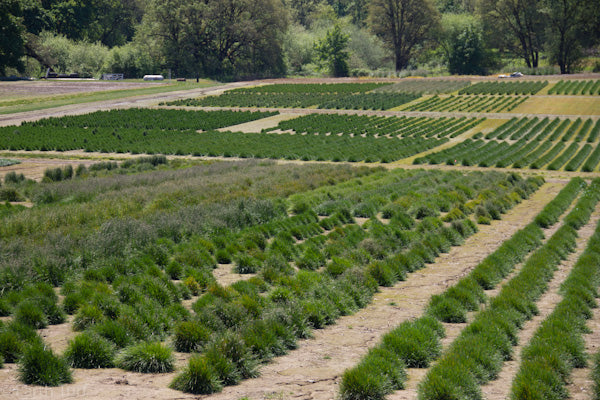
Kentucky Blue, Perennial rye, Tall fescue, Hard fescue, Creeping Red fescue, Chewings fescue, Sheeps fescue, Bentgrass and more... And there are hundreds of cultivars of each.

To prevent the fine fescues from cross pollinating, tall grasses are planted between each row to prevent pollen from spreading.

Its hard to see, but these rows each have different clover varieties. Clover is bred for many different purposes - forage type clover, used in animal pastures, is bred to be large, drought tolerant, nutrient rich, fixate nitrogen and grow fast.
Clover for lawns is bred much the opposite - to be as small as possible, durable, drought tolerant, work in a range of climates, and grow well alongside turf grasses.
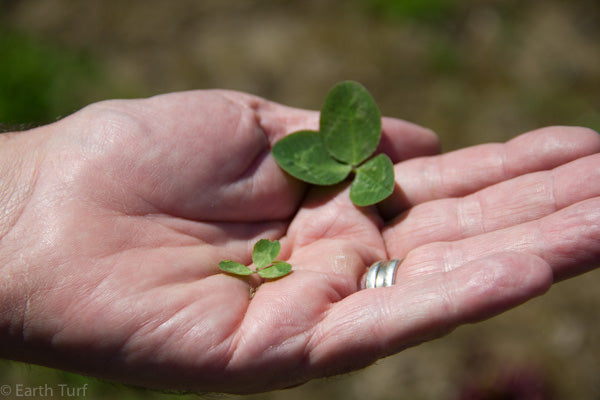
Small MicroClover next to a large forage type clover.

Not for your wet swim trunks - this seed cleaner separates seed from other parts of the plant.

Dr. Brad Jeffreys talking about the different seeds are stored in the lab. Its no easy task managing thousands of different seed varieties, just ask our friends in Norway.
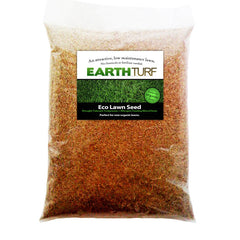
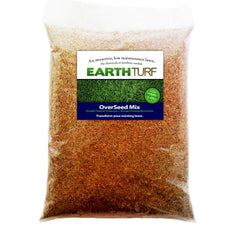
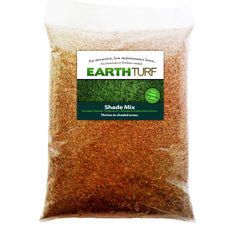
Real brain power on dsiplay. Thanks for that answer!
Are the seeds GMO free?
where can I find your product in san diego?
where can I buy your product in Albuquerque, New Mexico?
Can Earth Tuff Overseed be used on an exsisting lawn of Bermuda in Phoenix?